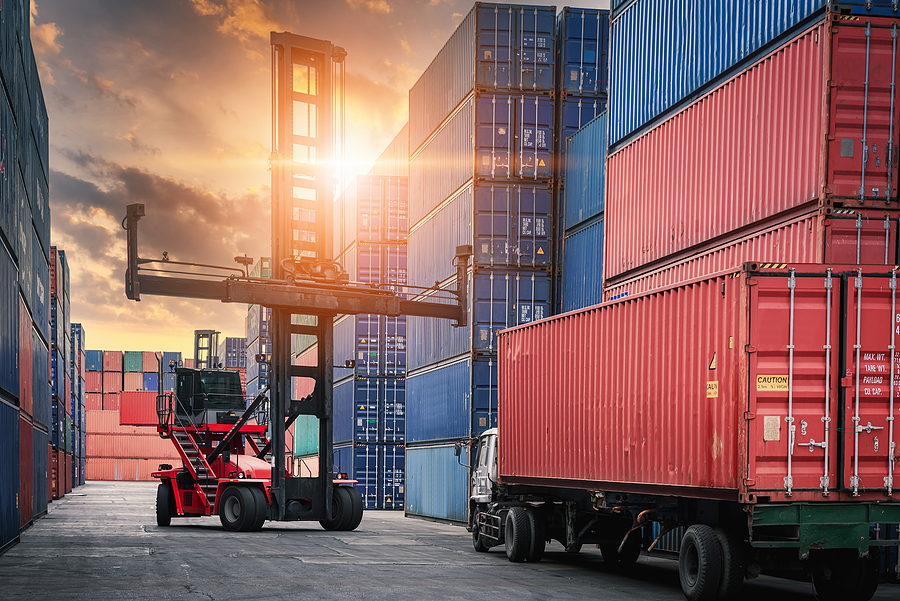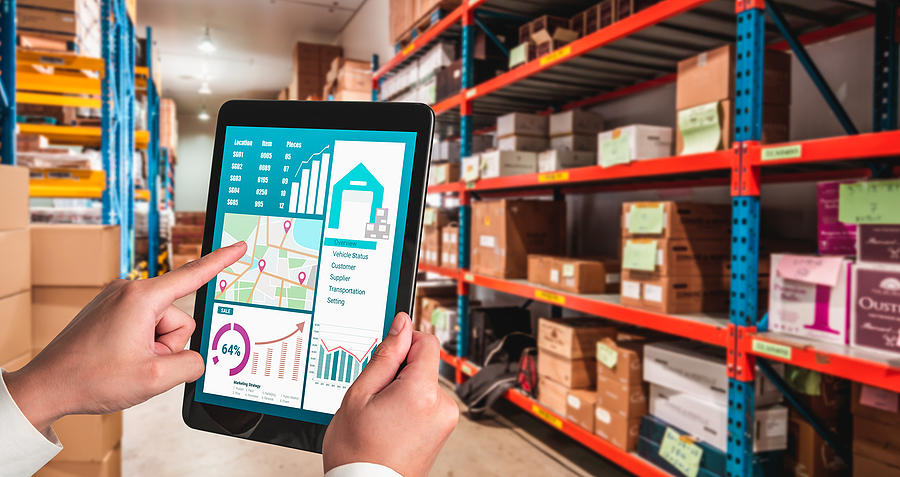At FlexTrades, we provide workforce solutions to American manufacturers. It’s what we do — and we take the solution part seriously.
That means we ask a lot of questions. But we also answer a lot, especially from the skilled trades community. This post tackles some of the most frequently asked questions we hear from technicians and job seekers alike.
Do I Need a Forklift Certification?
This is one of the most common questions we get. And the answer is straightforward:
No, you don’t need an active forklift certification to qualify for a FlexTrades project.
But — and it’s a meaningful but — having prior forklift experience or past certification is highly preferred.
Here’s why: any technician operating a forklift on a project will need to certify to that client’s internal standards while onsite. So while FlexTrades doesn’t require your certification to be current, previous certification makes you a stronger candidate and helps you hit the ground running.
Are There Other Required Certifications?
Yes, there are a few other certifications that occasionally come into play:
- OSHA safety certifications (Occupational Safety and Health Administration)
- MSHA safety certifications (Mine Safety and Health Administration)
- CDLs (Commercial Driver’s Licenses) for roles involving transportation or heavy hauling
These certifications aren’t required for every project, but when they are, having them in hand puts you at the top of the list.
What Other Certifications Should I Consider?
Beyond the essentials, there are plenty of optional certifications that can make you more competitive in the skilled trades.
Want to get ahead? These resources can help:
- Payscale’s list of common manufacturing certifications
- Zippia’s top 20 certifications for production workers
- PrideStaff’s breakdown of value-boosting certifications
Certifications can lead to better roles, higher wages, and more career mobility.
Want to Work with FlexTrades?
If you’re a recent graduate of a technical training program, consider applying through the FlexTrades ReTool Program. It’s designed to help you bridge the gap between training and the real world.
Already have experience? Join our Talent Network to access new projects, grow your career, and work with top-tier U.S. manufacturers.
Have a Question of Your Own?
We want to hear it. Send your questions to writingteam@flextrades.com and we’ll answer them in a future FAQ.















